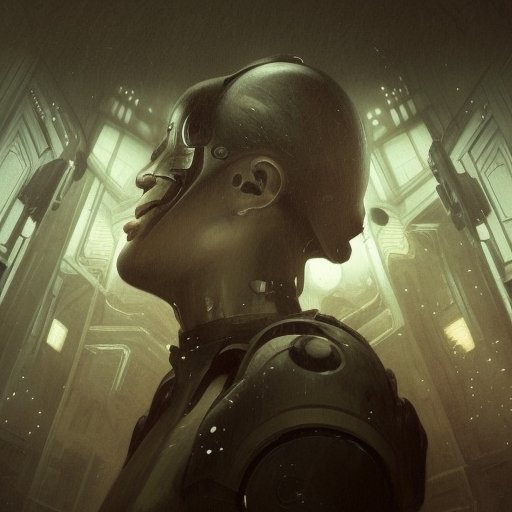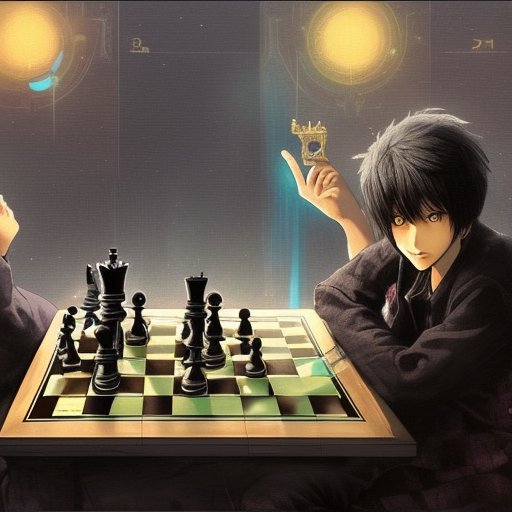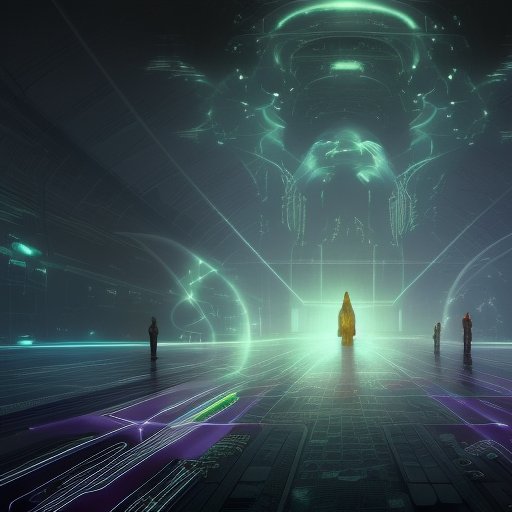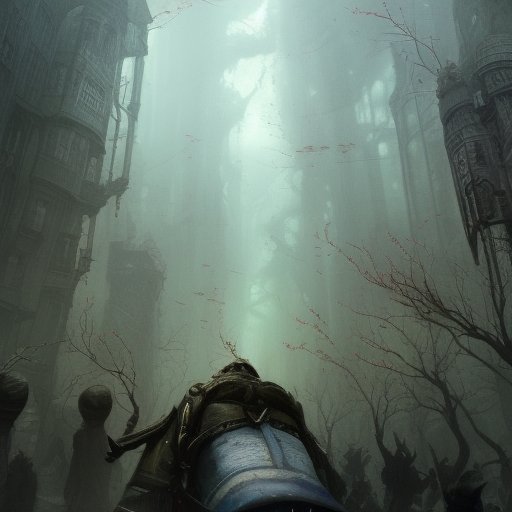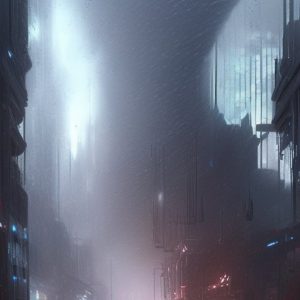
In a world where humanity has given way to the artificial, clones, quadri-centellas, and replicants are the latest craze. But what are the implications of this new technology? Are we playing God, or simply embracing the inevitable march of progress? In this article, we will explore the murky waters of replicant culture, delving into the history and future of cloning, and examining the ethics and business practices associated with this controversial field. Whether you’re a sci-fi enthusiast or just interested in the cutting edge of technological innovation, you won’t want to miss this thrilling journey into the world of clones and replicants.
I. Introduction
Welcome to the world of clones, quadri-centellas, and replicants – where science fiction meets reality. The concept of cloning has been around for centuries, with myths and legends referring to heroes and villains created either by gods or by other higher beings. But it wasn’t until the discovery of DNA in the 20th century that cloning became a possibility in the real world. Soon after, it became a staple of science fiction, as writers imagined the many uses and consequences of this new technology. From Frankenstein’s monster to Star Wars’ Stormtroopers, the idea of artificial life has captivated our imaginations for decades.

But what is a clone, you ask? A clone is essentially an exact replica of a living being, created from that being’s DNA – an artificial twin, if you will. Quadri-centellas, on the other hand, are a more advanced form of clone, created by manipulating the DNA of a being to create a genetically enhanced version of that being. Finally, replicants are also artificial beings, but instead of being created from a living being’s DNA, they are simply a man-made approximation of a living being – think Blade Runner’s androids, designed to look and act like human beings but without any actual biological components.
Over time, the concept of cloning and replicants in science fiction has evolved, giving rise to a multitude of stories and possibilities. Clones have been used in all sorts of contexts, from creating armies of unstoppable soldiers to bringing deceased loved ones back to life – though not always without consequences. Replicants have also become more diverse, appearing in everything from cyberpunk noir to space operas, and often serving as a reflection of our own fears and desires regarding technology and artificial intelligence.
So, what does the future hold for cloning and replicants? Will we continue down a path of using these artificial beings for our own purposes, or will we face a reckoning as their rights and personhood become harder to ignore? Join us on this journey through the world of clones and replicants, as we explore the many delights – and dangers – of this subversive production.
II. The History of Cloning
Cloning may seem like a new and futuristic concept, but the idea has been around for a long time. The ancient Greeks wrote about creating human-like beings from clay, and many other cultures have their own tales of artificial life. But it wasn’t until the advent of modern science that cloning became a possibility in the real world. In the 1950s, researchers began experimenting with cloning in animals, starting with frogs and moving on to sheep and other mammals. However, it wasn’t until the famous case of Dolly the Sheep in 1996 that cloning really captured the public’s imagination. Dolly was the first mammal ever to be cloned from an adult cell, and her birth was seen as a major breakthrough in the field of genetics.
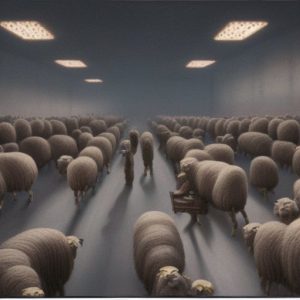
Since then, cloning has continued to be a hot topic in both scientific and fictional contexts. In science fiction, cloning has been used to explore a myriad of possibilities, often with a focus on the ethical and philosophical implications of creating artificial life. In movies like The Island and Never Let Me Go, clones are used for organ harvesting, while in Orphan Black, a group of clones band together to fight back against the forces that created them. Meanwhile, in shows like Altered Carbon and Westworld, artificial intelligence takes the role of the clone, creating new questions around what makes us human and the potential dangers of creating beings that could easily surpass us in intelligence and power.
Despite the many possible applications and implications of cloning, there are still significant hurdles to overcome before it can become a common practice in the real world. Legal and ethical concerns around the ownership and treatment of clones, as well as continued scientific research, are just a few of the many issues that will need to be addressed if we want to see more Dollys in the future. But regardless of its fate in the real world, the concept of cloning will continue to fascinate and terrify us in equal measure, as science fiction authors continue to explore the possibilities – and consequences – of this subversive production.
III. Replicant Culture
Welcome to the world of replicants – where artificial life takes on new forms and new meaning. From the classic Blade Runner model to the more advanced quad-centellas, replicants have become a staple of science fiction, appearing in countless works in various forms and functions.

In classic sci-fi works like Blade Runner, replicants are seen as almost indistinguishable from real human beings, with the ability to think, feel, and even fall in love. But they’re also seen as a threat to humanity, often being used as laborers or soldiers that can be controlled and manipulated by their creators. In works like Do Androids Dream of Electric Sheep? the androids are more clearly robots than biologically-engineered beings.
In other works, such as the TV series Westworld, replicants are not humanoids but instead look like animals. While they are designed to be realistic in their movements and behaviors, their creators ultimately use them for entertainment and sometimes cruel purposes.
Then there are the quad-centellas, a type of replicant that takes the concept to another level entirely. These beings are designed to be four times as intelligent as a human being, and often have special abilities or powers beyond what is naturally possible. In works like Altered Carbon, quad-centellas are the ultimate prize, with the wealthy and powerful seeking out the best models in order to gain an edge in their business and personal lives.
No matter what form they take, replicants are often seen as a reflection of our own fears and anxieties about artificial life and intelligence. Are they truly alive, or are they just machines that look and act like living beings? And what does it mean for the future of humanity if we create beings that are so much like us, but also fundamentally different? Join us as we explore these questions and more, in our in-depth exploration of replicant culture.
IV. The Ethics of Cloning
But with great power comes great responsibility. The creation of clones and replicants raises a number of ethical concerns – from questions of consent and ownership to the very nature of humanity itself. Are we playing God when we create life in our own image? And what are the implications for the clones and replicants themselves?

Many science fiction authors have grappled with these questions, often with widely varying opinions. Some have portrayed clones and replicants as mere objects to be used and abused as we see fit, while others have given them full personhood and the same rights as biological beings. The concept of the “soul” also comes into play, with some arguing that only beings created through natural means can truly possess one.
Of course, these debates are not limited to the realm of fiction. In the real world, the creation and use of clones remains controversial, with many raising concerns about the ethics of creating life in a lab. There are also questions about the safety and long-term consequences of this technology – both for the clones themselves and for society as a whole.
As we continue to explore the possibilities and dangers of cloning and replicants, we must also grapple with the ethical implications of our actions. Do we have the right to create life in our own image? And if we do, what responsibilities do we have towards these artificial beings? Join us for a provocative and thought-provoking discussion of the ethics of cloning, and the complex issues it raises about the nature of humanity itself.
V. The Business of Cloning
Behind the scenes of the cloning industry lies a world of corporate intrigue and profit motive. The creation of clones and replicants has become big business, with companies popping up left and right to supply a growing demand for these artificial beings. Clones are created for all sorts of purposes, from military and scientific research to commercial production of meat and dairy products. Replicants, on the other hand, are designed to serve as sex workers, manual laborers, and even companions for the wealthy and powerful.
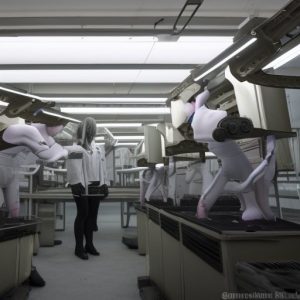
At the heart of this industry is a drive for profit, with companies looking for ways to maximize their earnings and minimize their costs. Clones and replicants, despite their artificial nature, are still subject to the same economic pressures as any other product. This means that they are often created in sub-optimal conditions, with little regard for their well-being or rights. They may be kept in crowded pens or tiny, windowless rooms, subjected to a constant barrage of testing and experimentation.
Meanwhile, the business side of things is no less cutthroat. Companies vie for market share, with some resorting to nefarious tactics like espionage and sabotage to get ahead. Those who fall behind may find themselves forced out of the market altogether, while others may merge with larger corporations in order to stay afloat.
Yet despite all this, there are some in the industry who believe that clones and replicants can be used for good, whether that be in advancing scientific knowledge or improving the lives of those in need. These individuals fight against the more exploitative and inhumane practices of the industry, advocating for greater regulation and oversight of the cloning process.
In the end, the business of cloning raises many questions about our own values and priorities. What does it mean to create and profit from artificial life? How can we balance the need for progress with the need for compassion and respect for all living beings, artificial or otherwise? It’s a complex and often uncomfortable issue, but one that we must grapple with if we are to create a better future for ourselves and the world.
VI. The Future of Cloning
As we look to the future, it’s clear that cloning and replicants will continue to play a major role in the world of science fiction. But what about in the real world? What will the future of cloning and replicants look like, and what role will they play in our lives and society?

On one hand, cloning technology could be used for a range of beneficial purposes. We could create organs and tissues for transplant, vastly reducing the waiting time for those in need. Animals could also be cloned for agriculture, providing a sustainable option to feed the growing population. Quadri-centellas could potentially be used to cure genetic diseases or enhance human abilities.
However, the potential risks and ethical concerns cannot be ignored. Cloning opens up the possibility of creating entire human beings, artificially engineered to have desired traits. This raises questions about the nature of humanity and the definition of personhood. It also opens up the possibility of widespread human trafficking for the purposes of cloning, leading to a world where the rich and powerful can create armies of cloned servants and soldiers.
The future of replicants is similarly uncertain. On one hand, they could be used to perform dangerous or tedious jobs, reducing the risk of injury and freeing up time for more enjoyable pursuits. They could also be used to explore hostile environments that are too dangerous for humans to venture into.
But, as we’ve seen in countless sci-fi stories, replicants could also be used for nefarious purposes, such as assassinations or espionage. They could also raise questions about the value of human life, as our interactions with and treatment of replicants could lead to a profound shift in our understanding of what it means to be alive.
As we look to the future of cloning and replicants, it’s clear that their potential benefits must be weighed against their potential risks. We must proceed with caution, lest we create a world where artificial beings are treated as nothing more than disposable tools or products. Only by being conscious of the potential consequences can we ensure a future that truly benefits humanity.
VII. Conclusion
And so we come to the inevitable question: are clones and replicants a force for good or bad? The answer, as is often the case, is complex and multifaceted. On the one hand, these artificial beings have the potential to revolutionize industries such as medicine, agriculture, and manufacturing, improving efficiency and saving human lives in the process. They could even be used to explore hazardous or extreme environments, acting as advanced and disposable versions of ourselves.

But on the other hand, the creation of clones and replicants also raises significant ethical concerns. Are these beings truly alive, and if so, do they have the same rights and freedoms as human beings? Who gets to decide what their purpose is, and what happens if they rebel against their makers? And what happens when clones and replicants become cheap labor, exploited by corporations seeking to maximize their profits?
It’s clear that we’re only at the beginning of our journey into the world of artificial life. Whether clones and replicants ultimately become a force for subversion or salvation depends on how we choose to use them, and how we decide to treat them. The future is uncertain, but one thing is for sure – we’ll be watching with interest as the cloning industry continues to evolve and shape the course of our society.
As we close the book on this chapter of our journey through the world of science fiction, we should remember the many lessons we’ve learned along the way. We’ve explored the ethical, philosophical, and practical implications of this technology, and examined how different writers have portrayed it in their work. We’ve seen how clones and replicants can be both terrifying and empowering, and how they can serve as a reflection of our deepest fears and desires. And ultimately, we’ve come to a greater understanding of the ever-evolving relationship between humanity and technology, and our place in the grand cosmic tapestry of the universe. Who knows where this journey will take us next?
